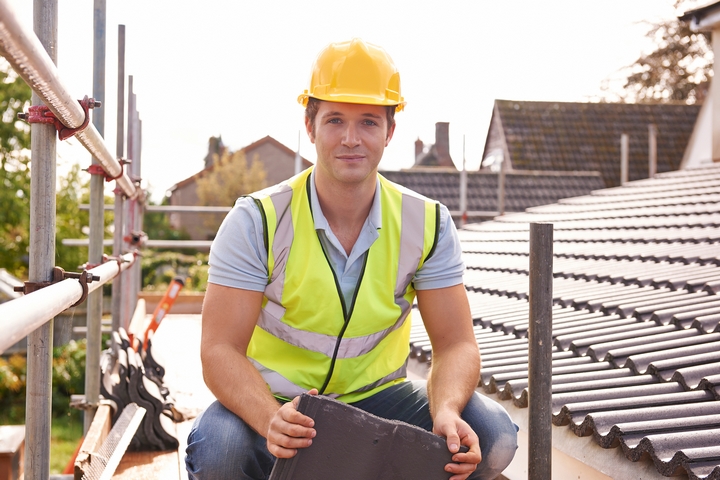
The roof of your home is something that you probably don’t think a great deal about. It provides you with shelter year round and that’s all you need to know, right? The only time that many homeowners think to check on their roof is when something is wrong, usually, it does not look as nice as it used to and needs an upgrade, or water is coming into your home.
By the time that water has entered your home, the damage will already have been done. You may find that the water that has been allowed to enter your home as caused a build-up of mould or even rotting of the wood. The best way to avoid damage to your home is to have regular inspections on your roof so that anything that needs tending to can be identified as soon as possible.
1. Time takes its toll on your roof
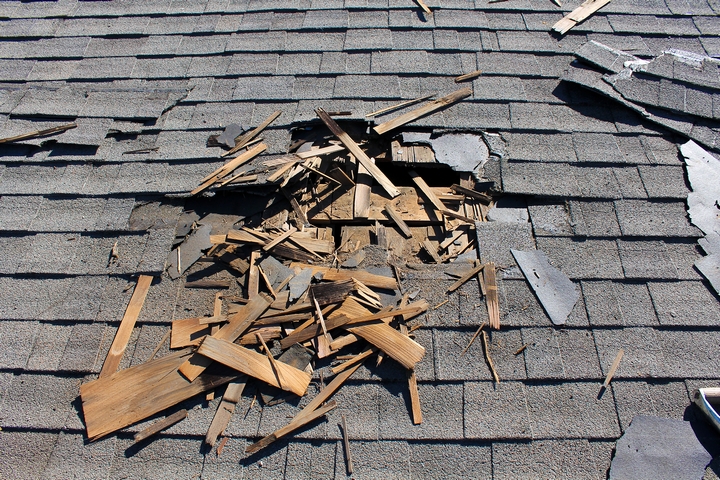
Your roof is exposed to the elements through all seasons and it takes quite a punishment. Between rainstorms, hail, snow, and wind that is quite a lot of wear and tear to contend with. Over time small openings can occur and then water starts to seem in. Being proactive when your roof has been in place for a number of years can be the best protection for your home.
2. Routine maintenance
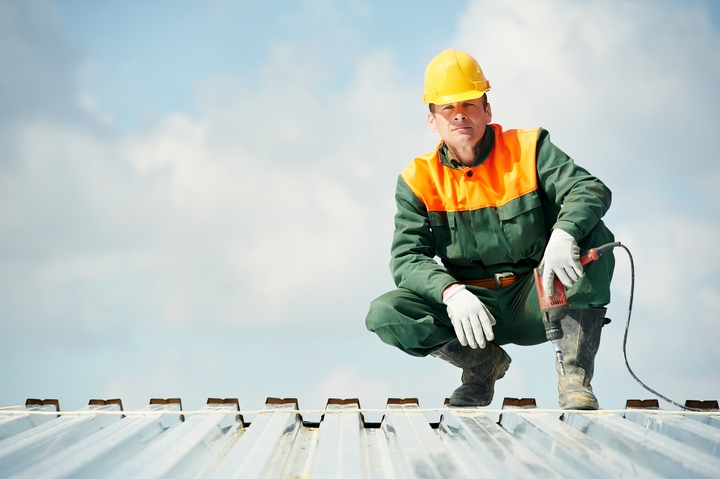
If you have a roofing contractor with many years of experience up on your roof to take a look around to see if there is anything that can be done to extend the life of your current roof, you can avoid costly repairs down the road. A regular schedule for maintenance on your roof can save you a great deal of money.
3. Storms

Storms come in all shapes and sizes. Immediately following a storm, your roof should be inspected so that any damage that may have occurred can be tended to. The damage following the storm may be minor, although you may find following the inspection that there is something that needs to be tended to urgently.
Tree limbs and branches that have fallen onto the roof are usually the main culprits of damage to a roof after a storm. Take a look around your property to see if any trees look damaged, if so, it might be a good idea to have a professional inspect your roof.
4. Flora and Fauna
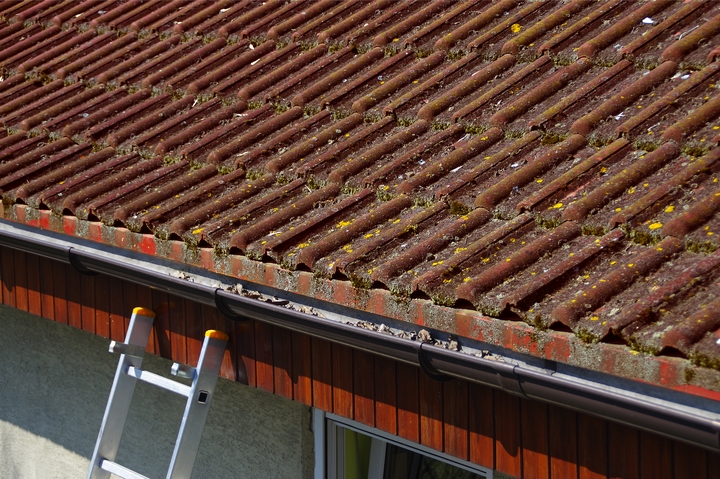
The wind can blow seeds onto your roof and if they are left to germinate then you could end up with unwanted and unsightly greenery on your roof. Not only do you have to worry about the aesthetic side of this, this can also affect drainage or attract even more debris.
5. Drainage
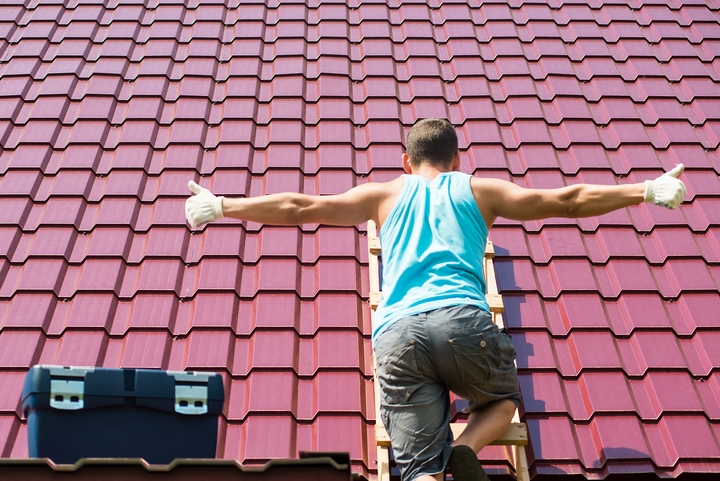
The drainage system that removes moisture from your roof is critical to maintaining the health of your roof. An inspection will make sure that system is clear and functioning properly. Preventing the buildup of water on your roof will prevent it from becoming damaged. Also, if you have any standing water on or near your property then you may see more mosquitos during the summer than usual.
6. Leak detection
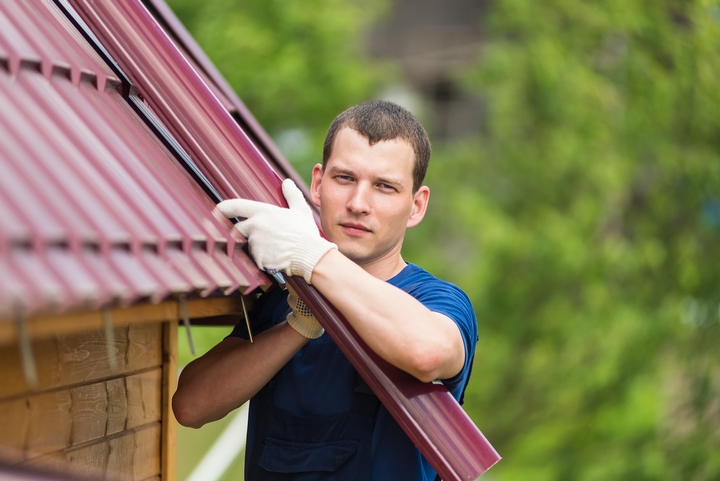
Spotting any leaks before you notice the water coming into your home is very important. A trained roofer will be able to spot any leaks on your roof before any real damage can be done.
7. Protect your insulation
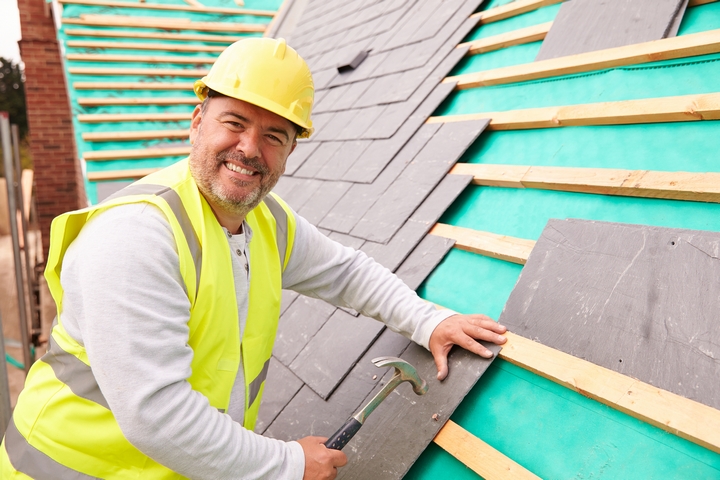
When left unattended, roof damage can spread to your insulation. This can occur when moisture seeps into the attic and causes mould to spread and intensify, damaging your attic and forcing you to have to pay more to have it fixed.